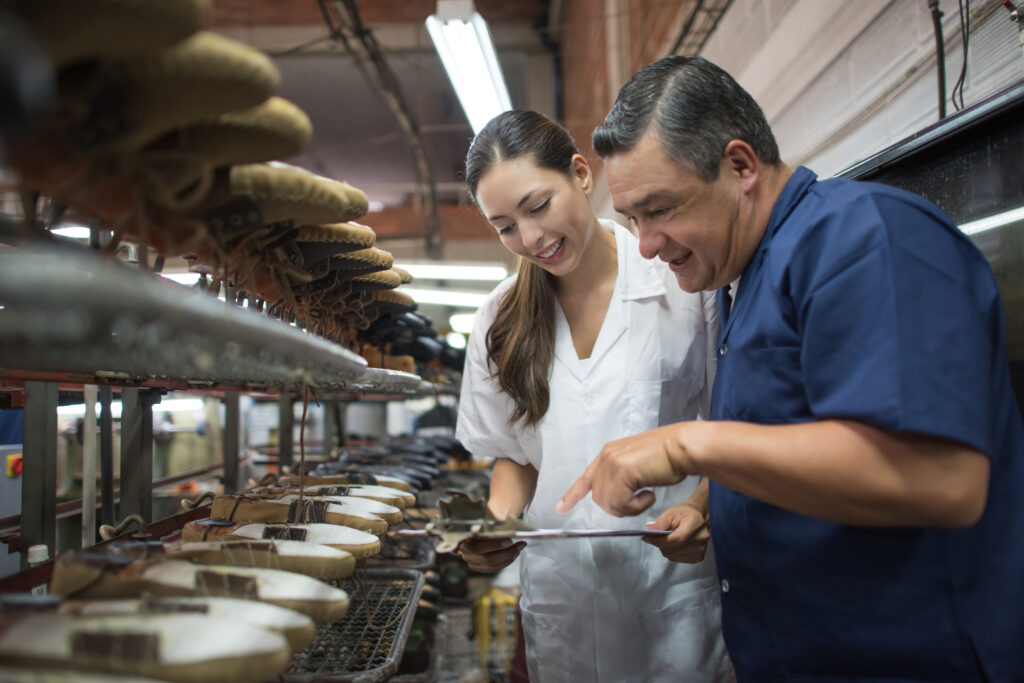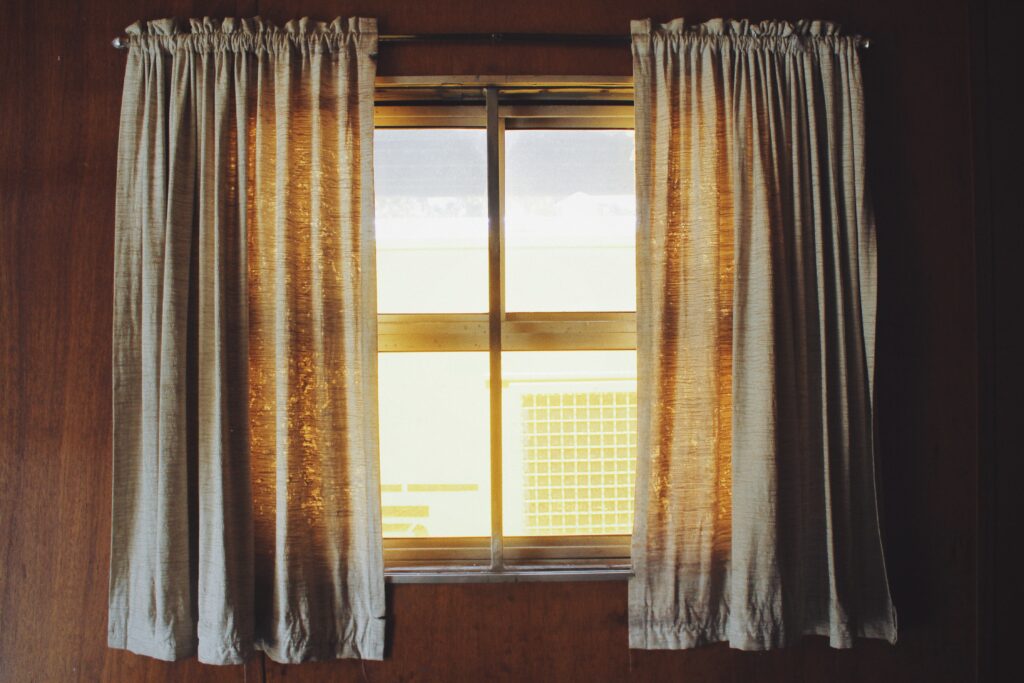
Fabric Inspection
All-Inclusive – Inspection Service All Over China: $199 per Man Day
Fabric inspection is accomplished by both fabric manufacturers and garment manufacturers. Fabric inspection is the process of checking the fabric web for fabric defects and producing an inspection report. After the assessment of the matter, the substance is classified according to its quality level of the matter.
In fabric inspection, rolls of fabric are opened and run by a fabric inspection device that has the light under the fabric, and the fabric inspector performs the visual inspection of the fabric. When inspecting the fabric, the inspector marks the mistakes with a piece of chalk or attaches a sticker. about the shortcomings.
At the end of the inspection, a fabric roll inspection report is generated for that fabric roll. During fabric inspection, the rolls of fabric are sorted and imposed into one of the following categories by marking rolls.
Garment Manufacturing Unit)
- Pass – These rolls of fabric are ready to wear
- Error: not ready to cut. Can be accepted after correction.
- Rejected: not acceptable. refused fabrics are sent back to the supplier.
- Pending Decision: Pending approval of the person authorized to pass, fail, or reject the substance.
In Garment mills, fabric classification is done differently, e.g. Gold, Silver or Class A, Class B. Textile mills are used to send their customer’s fabric inspection reports with the fabric.
For garments that do not have machine fabric inspection, inspect the fabric on a flat table. When you check the fabric, there should be enough light under the table and overhead light to see any fault in the fabric.
Fabric is a key raw material for apparel crafting and is the most expensive item required for apparel crafting (in most apparel product categories). As a standard procedure, fabrics are tested in textile mills before packing and in a garment factory before mass cutting. To inspect the fabric, the clothing units use some types of inspection systems such as the 4-point system, the 10-point system or random inspection of fabrics (5-10% of the total length of the fabric).

The goal of fabric inspection is to provide garment manufacturers with quality fabrics and produce quality garments. A faulty fabric will only result in a faulty garment. If a defective fabric is used in the manufacture of garments, the manufacturing expense will increase due to repair work, replacement of parts, and even rejection of garments. In order to avoid the processing of faulty fabrics in production, rolls of fabric are checked preventively. In this way, defective and damaged fabrics can be sorted out and shipped back to fabric suppliers.
If the production unit trusts the cloth supplier about the quality of their cloth, they can check the cloths by randomly selecting cloth rolls. Some factories used to inspect 10% of the total rolls of fabric. If the factory finds an unsatisfactory result when inspecting 10 pieces, it will inspect all the rolls of fabric. A fabric defect corresponds to a flaw on the manufactured fabric surface. There are numerous fabric defects, and most of them are caused by machine or process malfunctions. Apart from this, defects are caused by faulty yarns or machine spoils.























